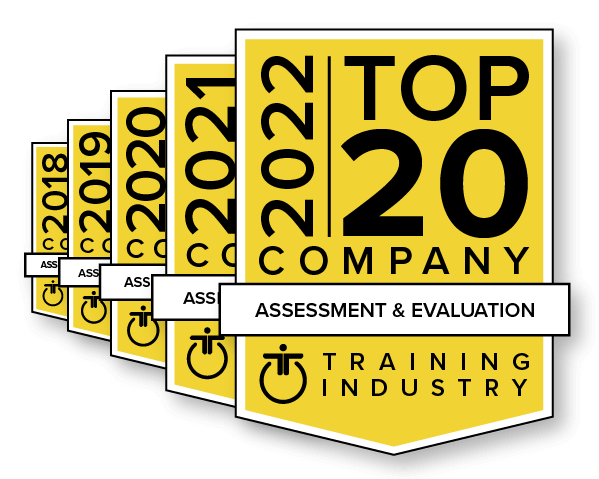Become the Reason People Stay.
Why do good people leave organizations? I often ask this question when I lead workshops or speak at conferences. Inevitably, someone offers up that people leave managers—not companies. And, while nearly everyone agrees with this maxim, there is also data that proves it.
Research from Gallup shows that roughly 50% of employees will leave a job at some point because of a poor relationship with their manager. In fact, while reading this blog, you are probably thinking about some exasperating boss that was at least a factor in you leaving a job.
I see this data come to life when people share how they felt an overwhelming need to “escape” an employment situation in order to restore a sense of dignity to their lives. I hear words like “toxic” and “miserable” and “suffocating”—to describe how people spent the better part of their waking hours. As I listen to these stories, I wonder how we got to this point and why we’re not doing better in this crucial area of leadership.
Here’s where it gets (even more) interesting—most of the people in my sessions are managers themselves. Yet, when I ask whether they have ever been the reason for a good employee leaving, you can hear a pin drop in the room. Of course, no one wants to jump up on their chair and confess to a room full of strangers that their behavior caused a good employee to pursue another position. However, if the data and all of the stories I hear are true, every manager is at risk of causing good people to check out.
So what do you do? Even if you’re the best manager in your company, you should still periodically look in the mirror and ask yourself if you are building relationships that make people want to stay. If the answer isn’t clear for each member of your team, the next question should be “What do I do about it?”
Making authentic connections that inspire people to stick around and give their best efforts on a daily basis requires skill. Fortunately, it’s a skill that’s easy to develop. In order to consistently connect with people and bring out their best, you need the ability to:
- Assess motives. Beneath the surface, there are hidden motivations that drive every person’s behavior—and can clue you in on what they want. For some people, being helpful is most important; for others, it’s achieving results, and for others still it’s rationally thinking through problems and creating processes that address them.When you understand the unique motives that drive each of your employees, you can tap into those motives during every interaction—whether it’s giving feedback, coaching, distributing assignments, or helping employees look ahead in their career. Your employees then feel understood and know that you really care for them—and they’ll want to show up and work hard for you in return. I have found that the Strength Deployment Inventory (SDI) is the only valid and reliable tool to accurately assess motives.
- Bring the right strengths. The same approach doesn’t work for everyone. Managers must choose and use the strengths that are most effective with each individual. Unfortunately, many managers don’t realize all of the options they have and, as a result, they rely on the same familiar strengths that are comfortable (and misplaced). You are most effective when you adjust your behavior to meet the needs of others. The Strengths Portrait can help you identify all of your options for getting the best out of every employee.
- Communicate in the right style. Each person has a certain way they prefer to receive information. For some, communication should be brief and to the point. Others, like a more personal touch with a focus on relationship-building. Still others want the opportunity to dive deep into the details and the data. When you communicate using the recipient’s preferred style, you’re speaking their language—and much more likely to be understood.
One thing that is common for everyone is the desire to feel valuable. The best and lowest-cost retention program in the world is to simply tell people they matter and then back it up with your actions.
The relationships you cultivate with your employees will largely determine whether they stay or go. So, as a manager, what are you doing to build positive relationships with your team?









